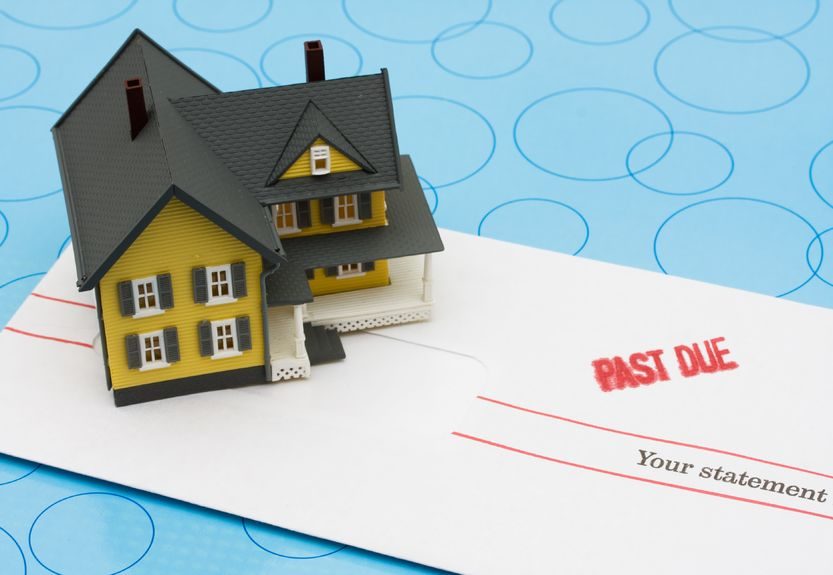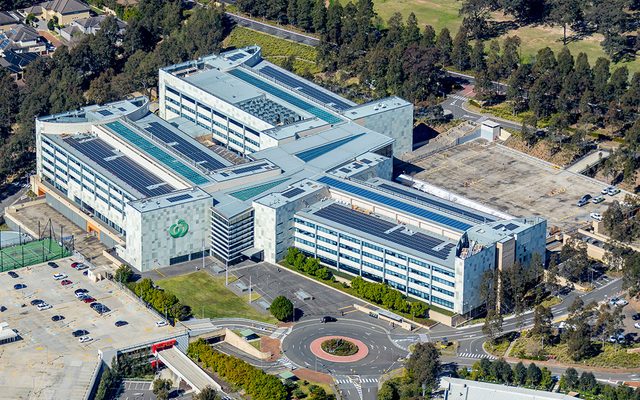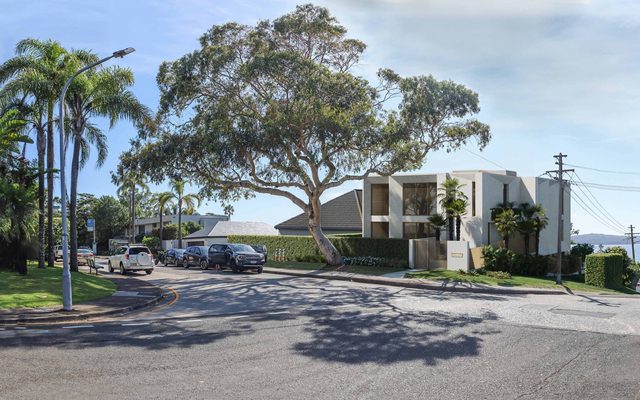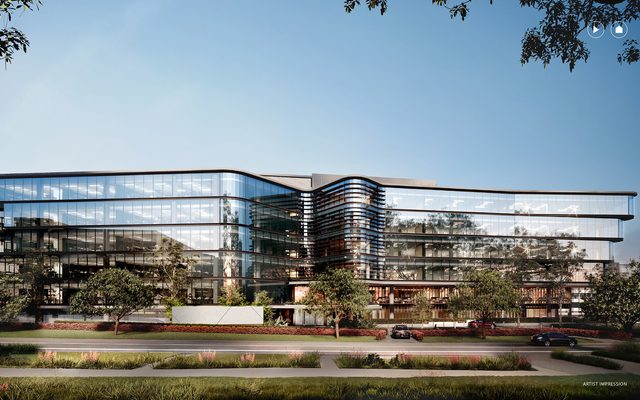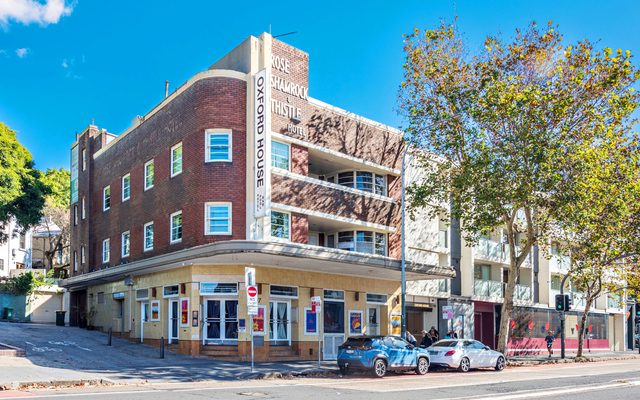This article is from the Australian Property Journal archive
THE Reserve Bank of Australia said it is paying close attention to the mortgage arrears rate in the housing market, noting that negative equity is on the rise.
In a speech to The American Chamber of Commerce in Australia Business Luncheon, deputy governor Guy Debelle said one of the main indicators about the impact of the unfolding dynamics in the housing market is the mortgage arrears rate. “The arrears rate has been edging up but remains at a low level. Much of the increase in arrears has been in Western Australia,” he added.
According to S&P Global Ratings RMBS Arrears Statistics report released, Australians are falling behind on their mortgage repayments, with the delinquency rate rising to 1.45% in January, up from 1.38% in December.
Investor loans arrears increased from 1.27% to 1.40% and owner-occupier rose 0.09% to 1.69%.
In a separate report, ratings agency Moody’s last week found the proportion of Australian residential mortgages that were more than 30 days in arrears grew by 0.13% to 1.58% over the year to November 2018.
Moody’s warned that as house prices fall further, mortgage delinquencies will increase.
And this week Moody’s and Corelogic downgraded their house price forecast.
As a result of the declining home values, Debelle noted that negative equity has also increased.
“Though our estimates are that it also is at a low level and is again concentrated in Western Australia and mining regions.
“The critical factor in the future evolution of both arrears and negative equity is whether the household with the mortgage has an income and a job,” he added.
“There have been large falls in house prices in Sydney and Melbourne over the past year or so, following very large increases in the preceding five years.
“There is more supply to come onto the market in Melbourne and Sydney over the remainder of the year, which will further weigh on prices. One notable difference between the two cities that may affect their ability to absorb this additional supply is that the vacancy rate in Melbourne is at a very low level while that in Sydney is above average and rising. Similarly, advertised rents in Melbourne are increasing while those in Sydney are falling.
“In Adelaide, the cycle has been considerably less pronounced. The median house price in Adelaide has increased a little over the past year, and has grown at an average pace of around 4% per annum over the past five years. The residential construction cycle has also been considerably more muted in South Australia than in other states.” Debelle said.
Australian Property Journal
